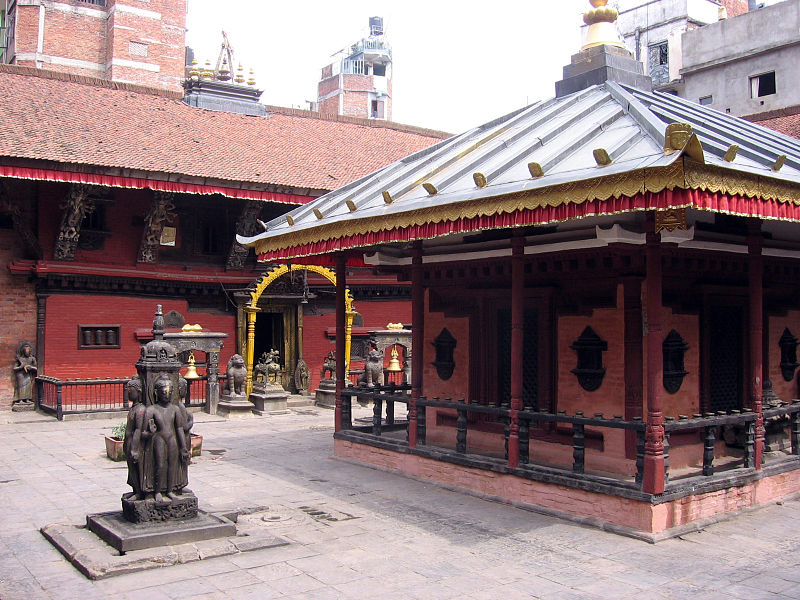
Thanks to efforts from both private and public entities, Nepal has seen a fair few stolen artefacts being repatriated back into the country. Some of these repatriated artefacts have made their way into the community, while many remain in the watchful eyes of the government.
The debate regarding stolen artefacts has been an ongoing one. Many locals and foreigners have been continuously encouraging museums across the world to repatriate stolen artefacts to their rightful place.
One such person is Dr Emiline Smith, a lecturer in criminology at the University of Glasgow. Smith, captivated by the human emotions surrounding these artefacts, decided to study criminology. Her curiosity as to why people commit offences or gather these artefacts illicitly led her to study the subject and delve deep into understanding the trafficking network. She first got into studying the market for illicit Nepali cultural objects during her PhD which was centred around Hong Kong being a transit for stolen Asian culture objects.
She started researching in Nepal after the 2015 earthquake. After discovering the trafficking of centuries-old artefacts through Ranag Rinpoche (a resident monk), much of her work has revolved around Dolpa.
Since 2021, Smith has been raising the problems in isolated areas like Dolpa which is gradually being targeted by traffickers for old artefacts. To raise awareness and educate the people of the region, Smith recently published a trilingual storybook ‘Pema and the Stolen Statue from Dolpa’.
Onlinekhabar recently caught up with criminologist Dr Emiline Smith who shared her insight about stolen arts and artefacts from Nepal and the intricacies of the trade and network.
Excerpts:
Based on your time in Nepal and the projects you are involved in, what are your major observations in terms of recent discussions of lost and stolen arts in Nepal?
We see a lot of activity in the Kathmandu valley thanks to the social media activism from Lost Arts of Nepal and the Nepal Heritage Recovery Campaign. What is interesting is it is branching out of Kathmandu too. This has created waves nationally and internationally about what should happen to heritage and where it should end up. Local communities outside are inspired to speak up.
Dolpa was initially quite open after Nepal’s accessibility improved, but this led to cultural objects disappearing from gompas (monasteries). Now, there’s a focus on securing these items, even in challenging conditions like the isolated and snow-covered region.
What the repatriation campaigns in the last couple of years have affected is that now we also know more about the victims. Previously perhaps we would have said that this was a victimless crime in the international literature. For law enforcement too, this was not a big priority because this is just art, right?
But now what we are talking about more and more is the effect that it has on a community. And given the awareness and the discourse, and the growing local intent, if there was ever a time for communities of origin to request their cultural objects back, it is now.
What is the interest of international students and scholars in the lost art and, in particular Nepali stolen art?
Nepal’s cultural heritage, including Buddhist, Hindu, and Newa(ri) art, has attracted international scholars and students. Monuments and immovable heritage, especially after the earthquake, have also garnered sustained interest. Additionally, interest in intangible heritage is noteworthy.
While there is substantial interest, it gets important for the country to provide structural support to both local and foreign scholars. I feel the country should prioritise developing Nepali scholars through national and international capacity building. This would help ensure a balanced and fruitful exploration of Nepal’s rich cultural heritage.
Formalising this process would provide a stronger foundation for research. To enhance research quality and attract global scholars, Nepal could establish an ethical approval process for research within the country. This is especially important for social science research involving interviews, observations, and ethnography.
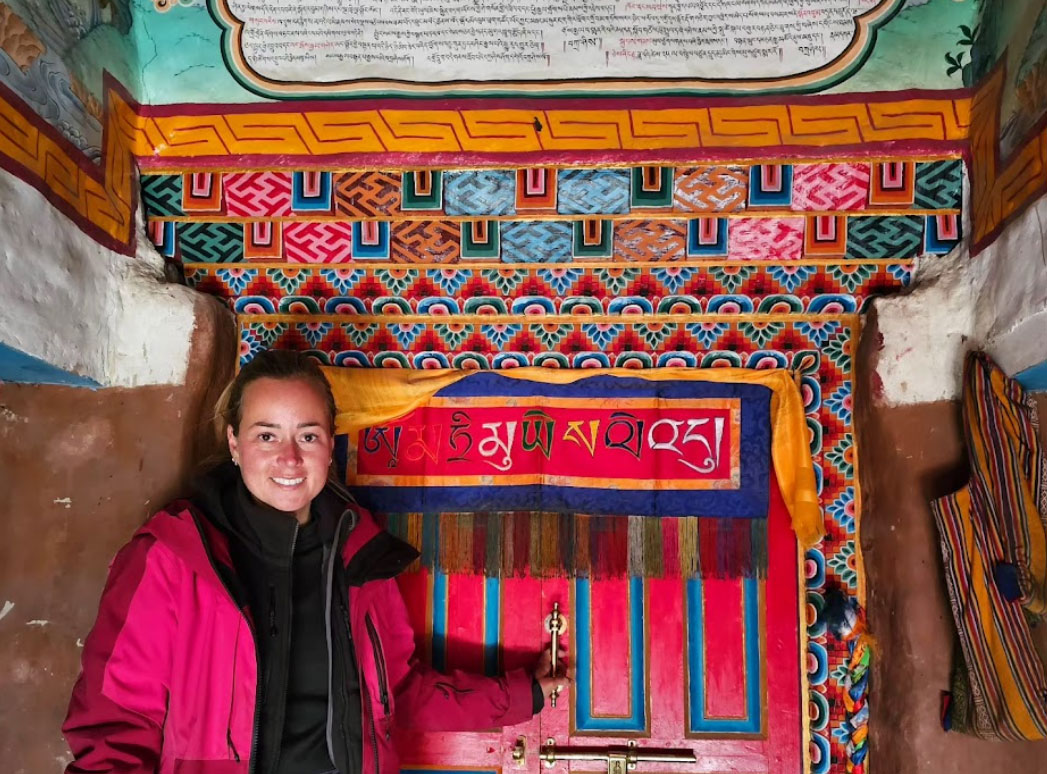
Given your work experience, what do you think are the reasons behind art theft? Is it the same for everyone, everywhere?
Nepal is not different from other Asian countries. The (international art) market is very exploitative and has an insatiable demand for these kinds of objects. Objects are easily transported out to either India or Tibet, China. And those are also big market countries, especially for Buddhist but also Hindu cultural objects.
In some regions like Dolpa, there is a strong sense of social responsibility for these cultural objects seen as gods. However, the financial allure cannot be ignored, especially in isolated regions where basic amenities are lacking. And if you had to choose between feeding your family and protecting cultural objects, sometimes it is a very difficult choice.
Given criminology, particularly in relation to stolen artefacts, is not a well-established field in Nepal, there is a noticeable knowledge gap regarding how these objects are being trafficked and how it disappears from a place of worship only to appear in the international market.
What should Nepal focus on to stop art theft? What changes need to be made?
Nepal’s government has shown strong support for repatriating cultural objects, which has been effective in recent years. However, to address art theft comprehensively, finer details must be addressed through increased collaboration with communities of origin.
To formalise these processes, there is a need for better-defined regulations that empower origin communities. Having specialised art crime teams and inter-country anti-smuggling networks along with robust academic research can strengthen law enforcement and government policies.
Collaboration between academia, law enforcement, and government can lead to better accountability and improved functioning. Meanwhile, inventorying an entire nation’s heritage, including intangible aspects like traditions and music, is an important but challenging, long-term project. So external assistance or investment in local experts is necessary as it helps in repatriation at the least.
Could delving deeper into the subject of art and artefacts and exploring the exhibition of stolen art potentially jeopardise Nepal’s already delicate cultural landscape?
I have refrained from showing images of cultural objects in my presentations without the community’s consent. The intellectual property of these objects rests with the communities of origin, and some objects were not intended for wide sharing.
Discussions about heritage and civilisation can inadvertently create interest to protect and even steal artefacts or architecture. And the motivations for collecting stolen artefacts vary widely, from personal fetishes to the exotic allure of Asian cultures, creating the demand.
The discussion, coverage and interest have their pros and cons. The advent of social media aids in tracking and recovering objects, but it also raises questions about data ownership and ethics, both online and offline. In recent developments, even international museums are seeing theft, so where is the art safe actually?
Ultimately, fostering critical thinking and a deep understanding of cultural significance is essential in approaching these discussions. The focus should remain on respecting the intellectual property of communities, finding collaborative ways to display cultural heritage, and avoiding unintentional instigations for theft.
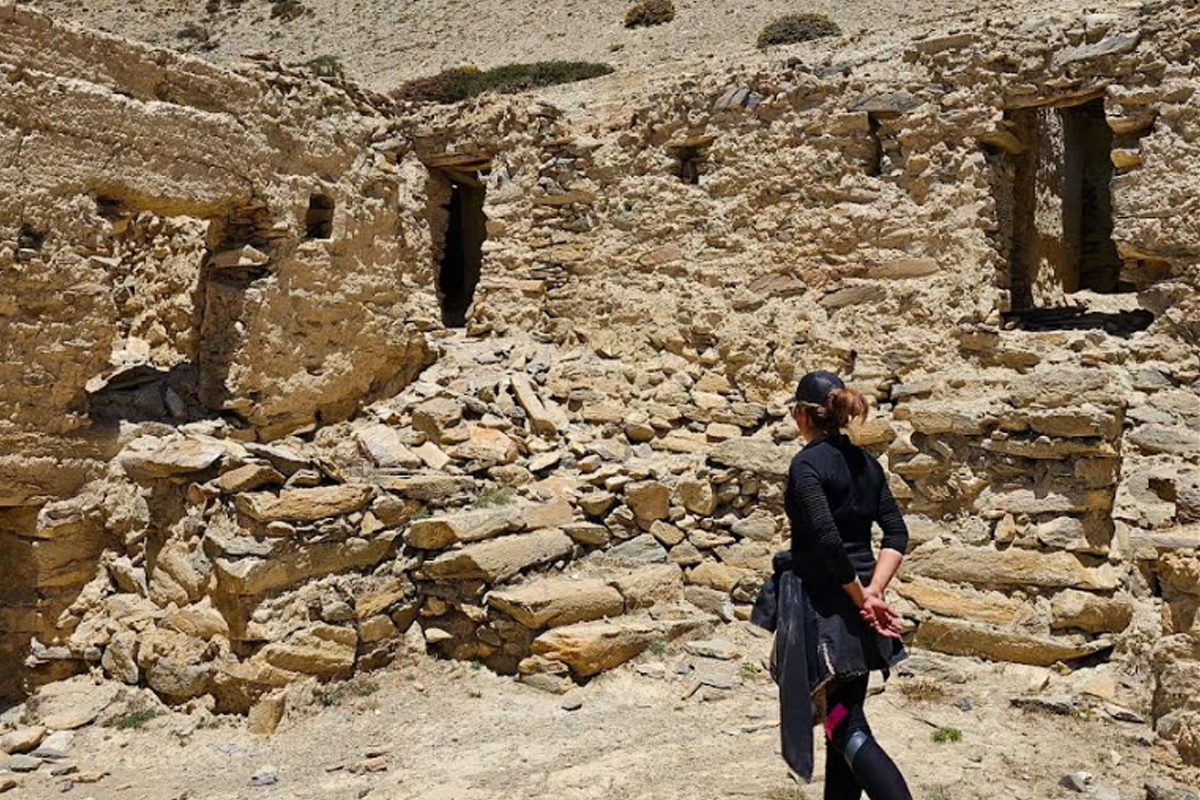
Who do you think should take ownership of the idols, in terms of protection and preservation?
The issue of ownership when it comes to the protection and preservation of idols is a tricky one. It often leads to a blame game where locals point at the government and vice versa.
Effective protection involves the local community, they should play a role in looking after their cultural objects. However, this should be backed by structural support from the central government. That means financial assistance, training, and raising awareness.
Brain drain and structural inequalities have led to the need for enhanced security, including boxes, gates and fences. So the solution might lie in clarifying responsibilities and processes through documented procedures. Supporting the younger generation’s engagement with cultural heritage, particularly outside Kathmandu, is vital, even for those without access to technology.
Nepal already has a rich tradition of engaging with cultural objects through rituals and community interactions which work perfectly.
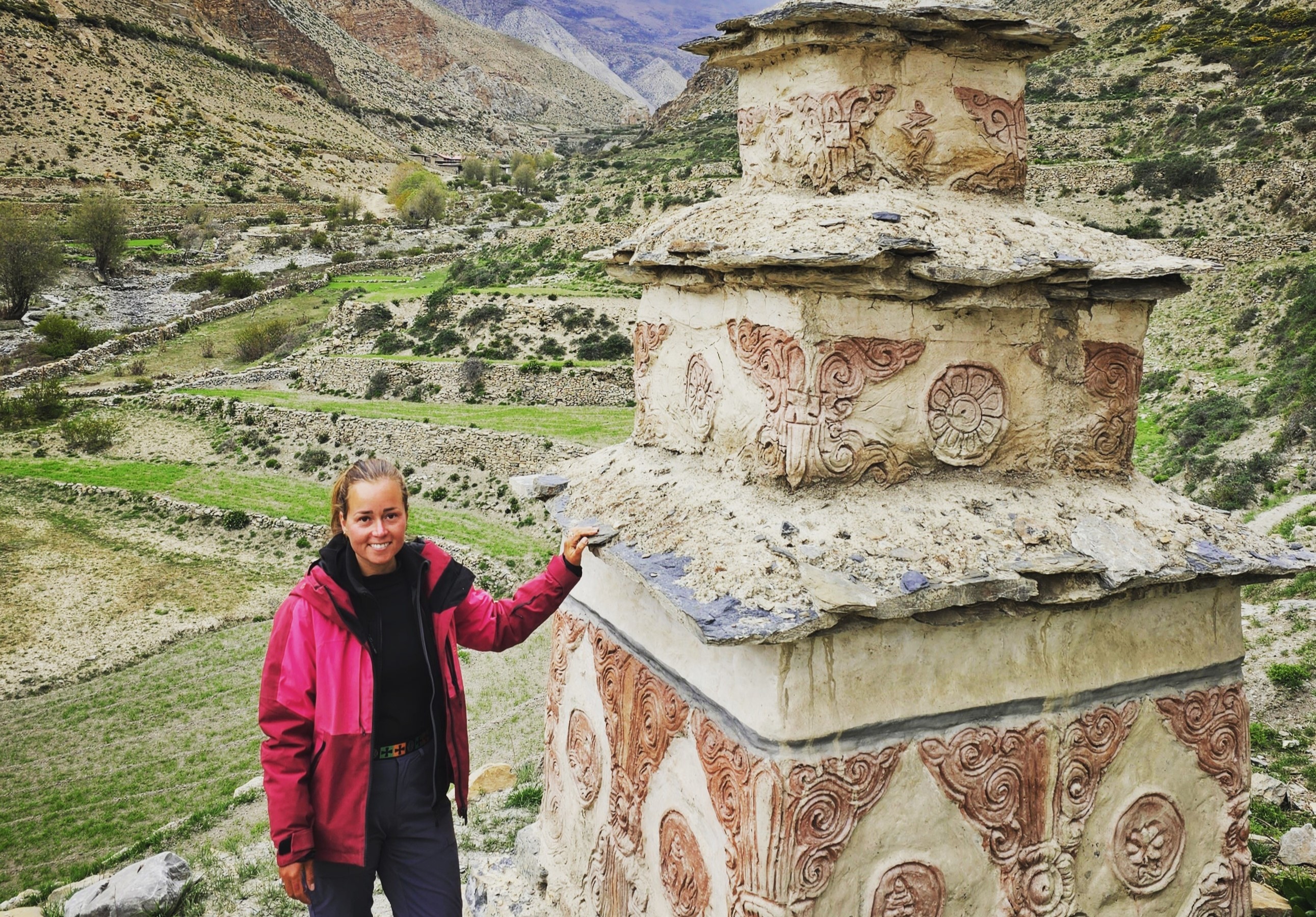
Repatriation adds another layer to this challenge. When it comes to repatriation, it is fascinating to see who the stakeholders are and their motivations. But what should also perhaps happen is a more general discussion within Nepal about who should be held accountable. Who is responsible or who takes care of them? Who bankrolls their protection or keeps them safe? Because those are questions that perhaps are not necessarily really asked yet or are avoided.
Considering Nepal’s diversity in cultures and religions, flexibility is important in finding solutions that fit each community, involving both local and central authorities, along with community input, seems like the most promising path forward.
Despite the increasing awareness, why do you think cross-border trade and the hidden network are still active?
Firstly, there is a growing demand for Buddhist objects, particularly in countries like India and China, which are geographically close. The Himalayan regions have generations-old relationships of trust that transcend modern borders. Given their familiarity with the landscape, curbing cross-border trade necessitates local involvement. While official border crossings might be implemented, resourceful individuals often find loopholes.
Traditionally, Nepal’s structural inequalities and lack of accountability have allowed trade to thrive across various levels of society. This involves not only local stakeholders but also foreign expats, government officials, and religious leaders. The insatiable demand, coupled with widespread economic disparities, fuels this problem.
Dolpa serves as a case study revealing how international demand exploits local stakeholders and how cultural items are disappearing across the northern border into Tibet and China. Although there is talk about this trade, lack of academic research makes it hard to provide concrete evidence.
The typical trade path involves multiple middlemen, often with cross-border involvement. Straightforward provenance-to-market transactions are rare. Local communities taking responsibility is crucial, and some have successfully held traders accountable, disrupting networks. I wrote the book to engage both older and less technologically-savvy generations, making this a household discussion.
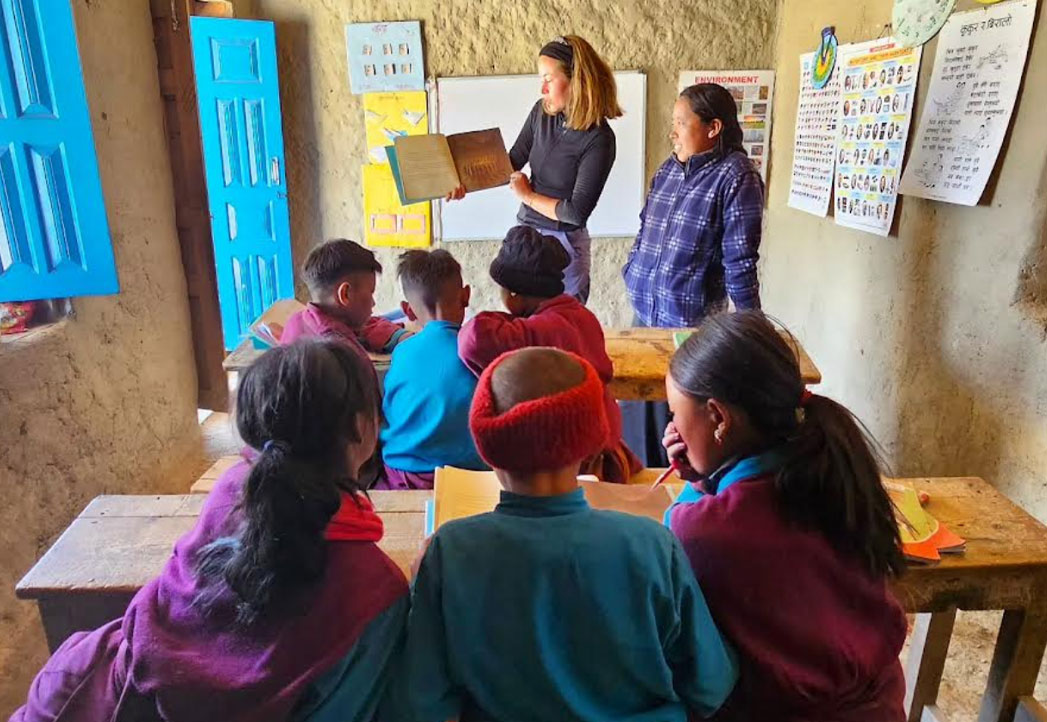
Enhancing customs officials’ education and awareness could help, although their time constraints make it challenging. Strengthening law enforcement, raising awareness, and providing resources would be beneficial, but funding is a concern.
How do you see the G2G initiatives being taken to make people aware of art theft? What roles are they playing?
The government-to-government (G2G) process has been a learning curve, especially for a relatively new democracy like Nepal. There is a lot to figure out in a short time, given the various circumstances and timeframes of removal in different cases.
Currently, there is also a focus on reversing the influence of the international market by aligning it with local expertise and priorities, fostering collaborative efforts. Both private and public collections need to take the initiative in researching the provenance of their artworks. Engaging with communities of origin is crucial, as their input should guide decisions regarding their cultural heritage. Equitable collaboration is key.
Looking ahead, roles and responsibilities need to be clarified. Nepal’s pursuit of signing declarations and MoUs can streamline repatriation efforts from foreign countries and aid in countering the illicit trade in cultural objects.
Cross-border cooperation is essential among Asian countries to address this issue collectively. The key is addressing these issues as a region and finding ways to preserve cultural heritage responsibly.
Repatriation is supported, especially in cases where collections and governments have profited from specific communities’ cultural heritage. This shouldn’t silence other discussions on the community, their needs and priorities. However, the challenge lies in ensuring diverse voices are heard, especially in smaller countries like Nepal. Louder voices can easily overshadow others.
But the shift has been encouraging underrepresented voices to speak up while the museums are finally reflecting on their societal role and prioritising community needs. Financial and other support from governments and collections, inside and outside the country, is important.






